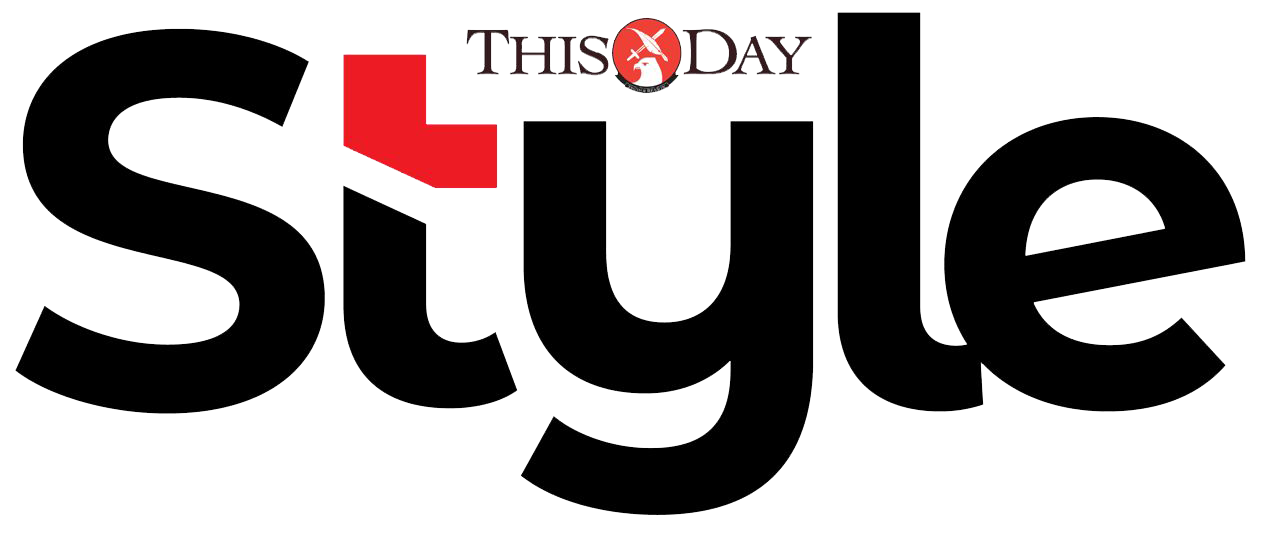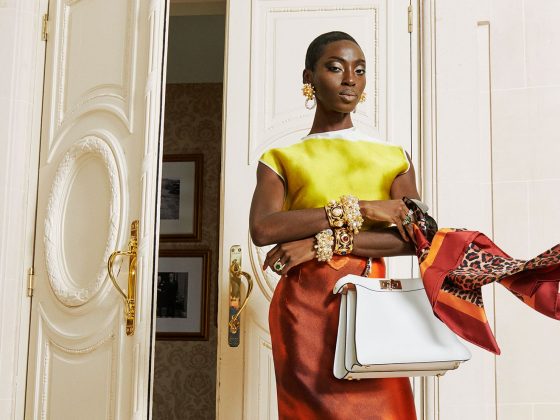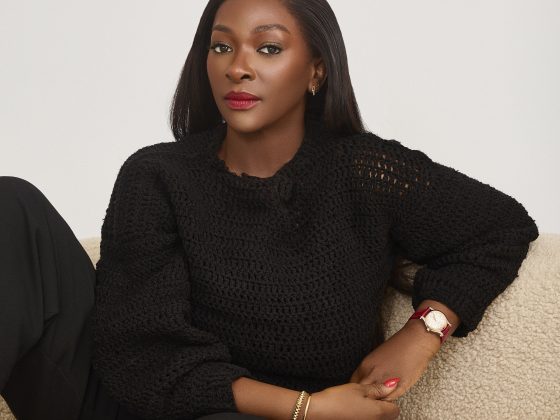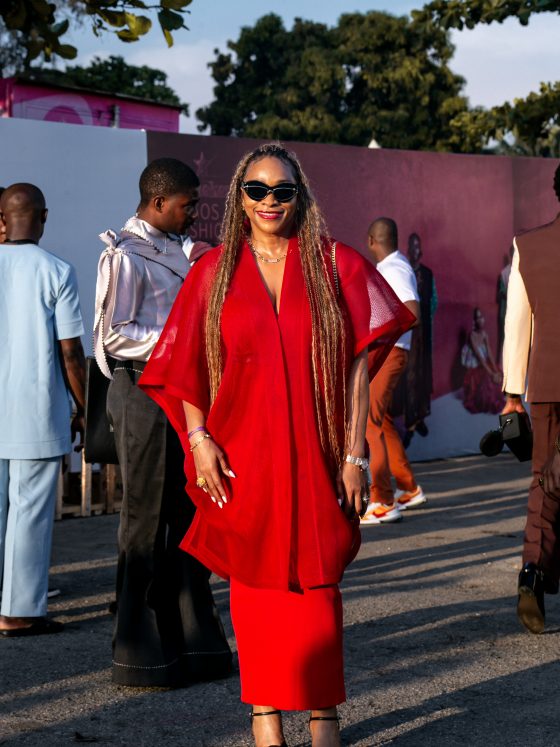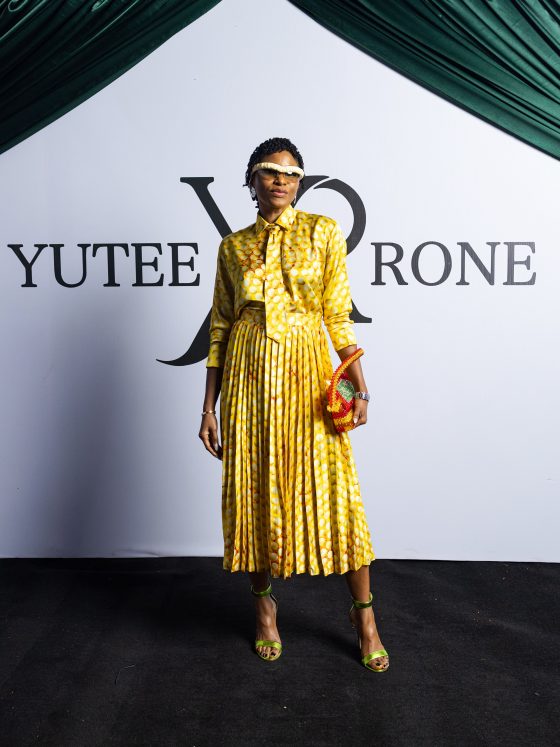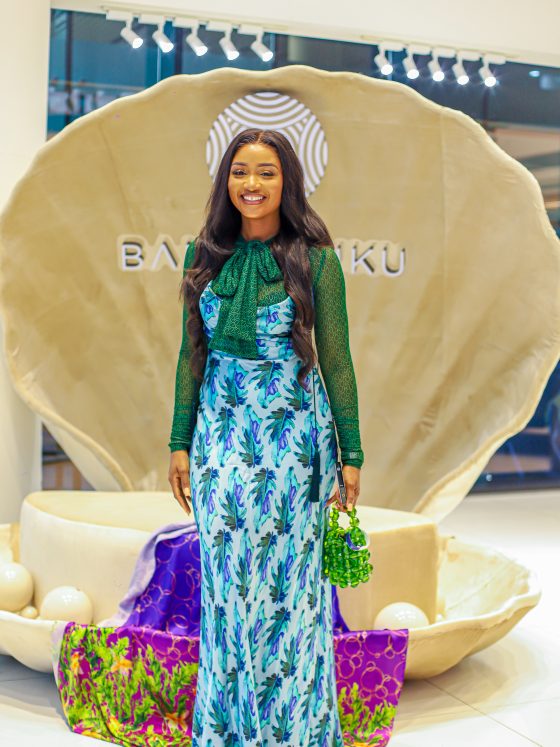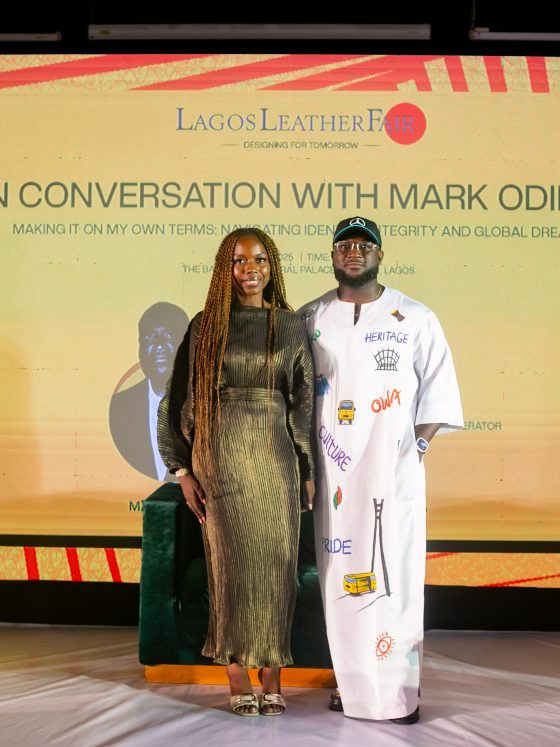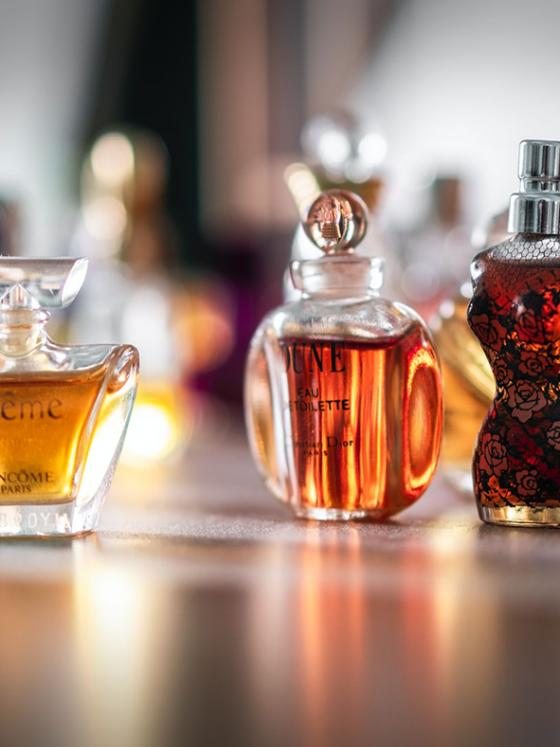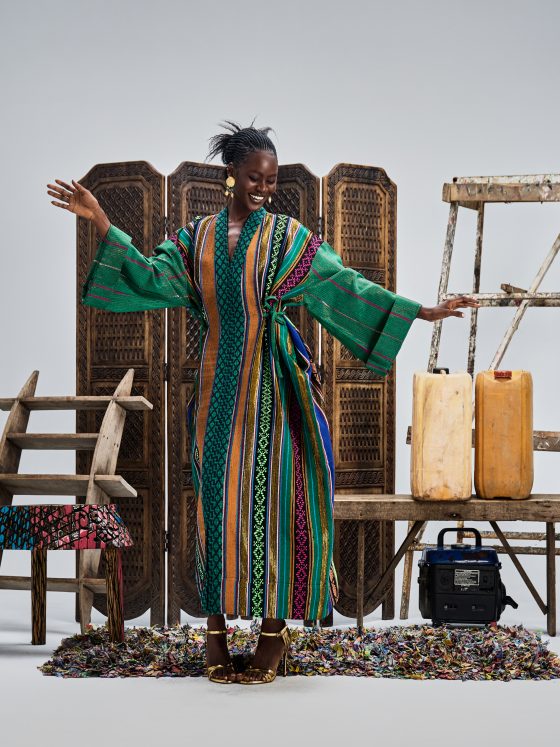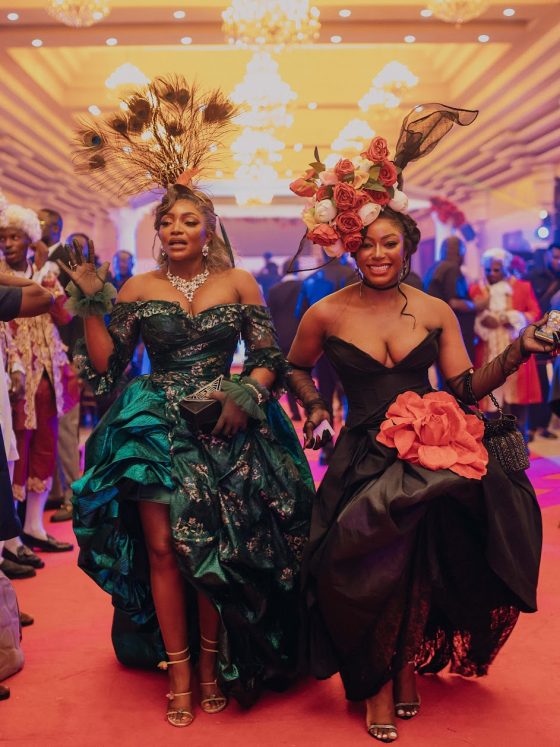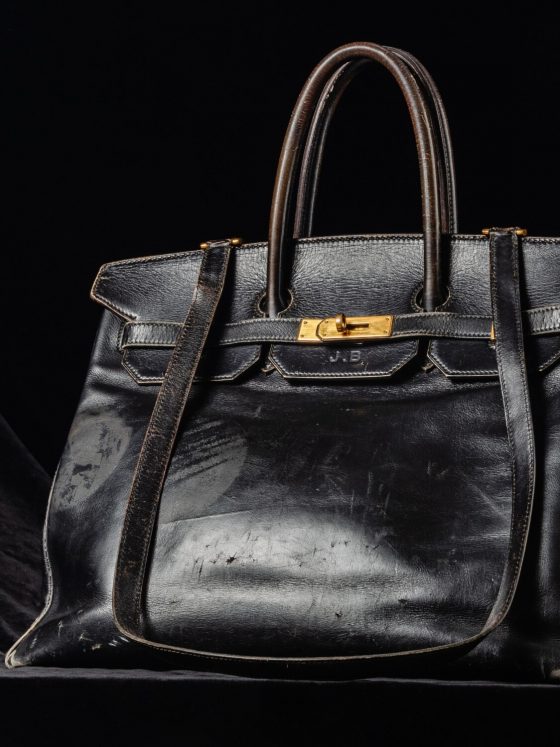Whether you’re shopping for an engagement ring, a milestone gift, or just adding a little sparkle to your collection, selecting the perfect diamond is an art as much as it is a science. But with so many options, where do you even start?
Enter the 4Cs—Cut, Color, Clarity, and Carat. These four factors determine a diamond’s quality, value, and brilliance. Understanding them will not only make you a savvy buyer but will also ensure you get the most stunning stone for your budget. Let’s break it down.
1. Cut: The Sparkle Factor
If there’s one thing that truly makes a diamond shine, it’s the cut. Many people mistakenly think “cut” refers to the diamond’s shape—round, oval, princess, etc.—but it actually refers to how well the stone has been faceted, proportioned, and polished.
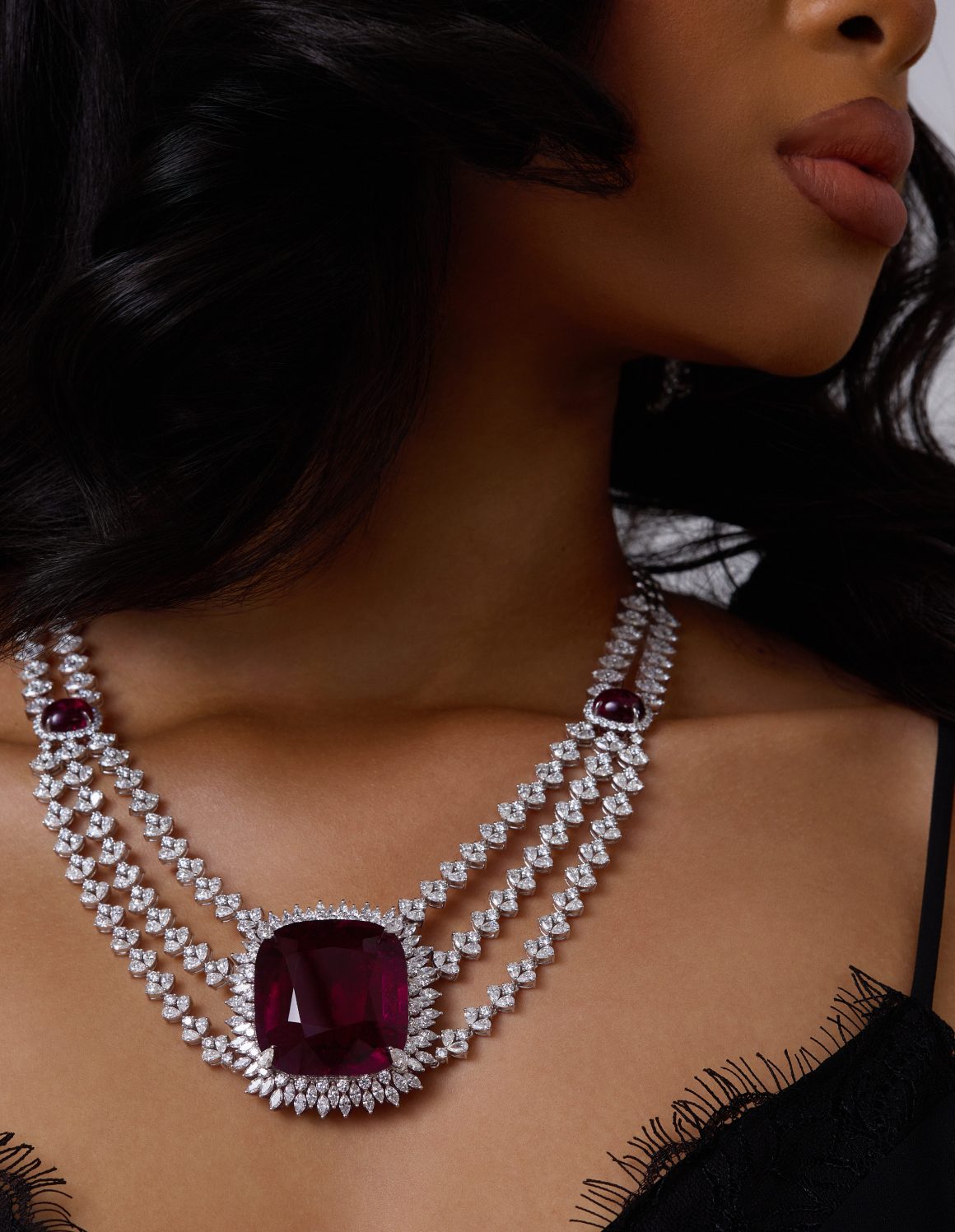
A well-cut diamond reflects light beautifully, creating that mesmerising sparkle we all love. If a diamond is cut too shallow or too deep, light escapes from the bottom or sides, making it look dull and lifeless. A perfectly cut diamond, on the other hand, reflects almost all the light back through the top, giving it that unmistakable brilliance.
When shopping, look for terms like “Ideal” or “Excellent” cut (especially for round diamonds), as they are the best at maximising light reflection. A poorly cut diamond, even if it has a high-carat weight, will never shine as brightly as a smaller, well-cut one.
2. Colour: The Whiter, the Better?
Diamonds come in a spectrum of colours, but when it comes to traditional white diamonds, less colour is usually better. The Gemological Institute of America (GIA) grades diamonds on a colour scale from D (completely colourless) to Z (noticeable yellow or brown hues).
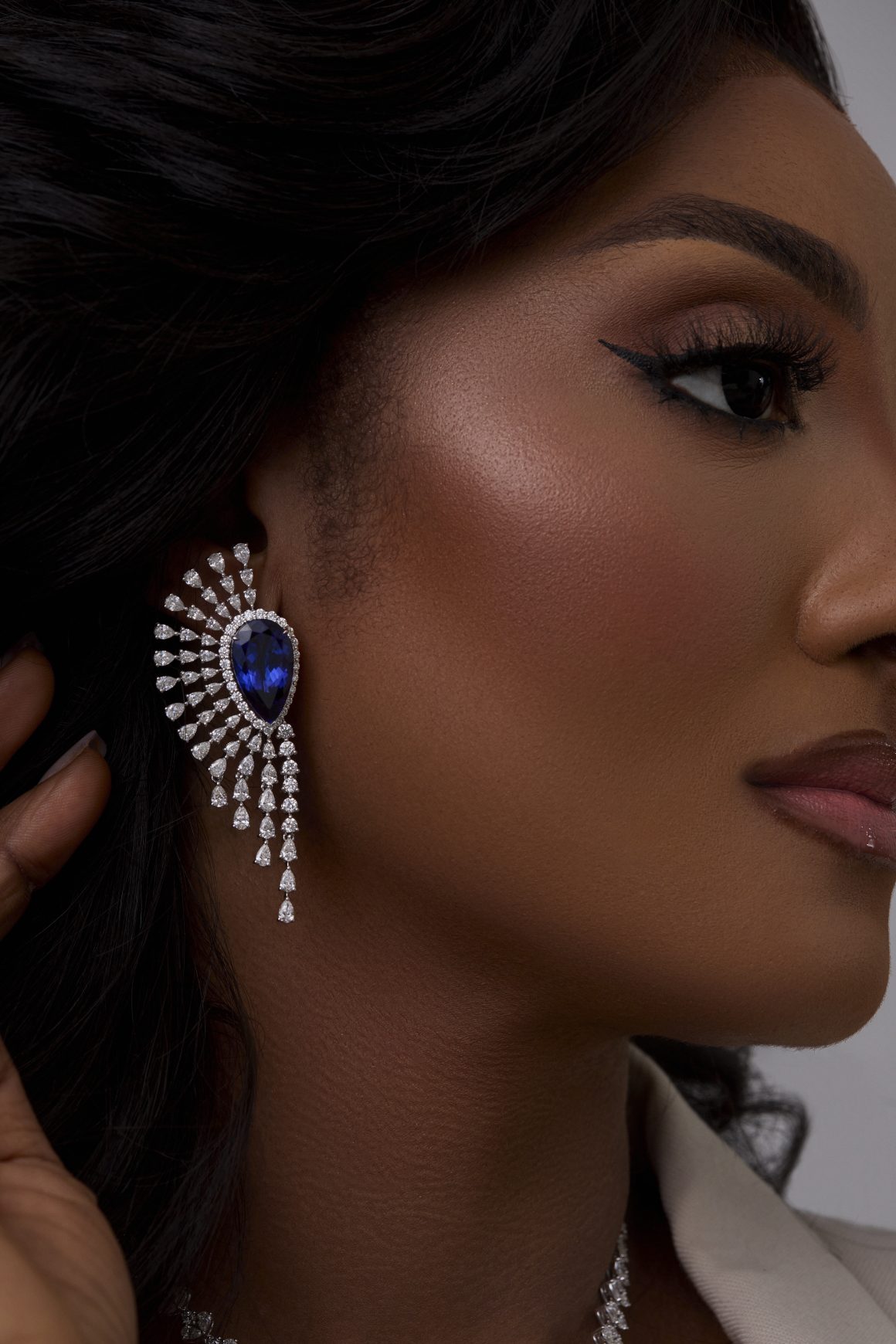
D-F: Completely colourless (the rarest and most expensive)
G-J: Near colourless (a slight warmth that is hard to detect with the naked eye)
K-M: Faint yellow (a warm tone, sometimes desirable in vintage-style settings)
N-Z: Noticeable colour (not typically used for fine jewellery)
Colourless diamonds (D-F) are prized for their icy brilliance, but G-J diamonds often appear just as white once set in jewellery—at a fraction of the price. If you’re setting your diamond in yellow or rose gold, a slightly warmer diamond (H-J) may be a great option since the metal itself will affect the overall look.
Pic – Diamond Colour Chart
3. Clarity: Flaws vs. Flawless
Clarity measures the presence of internal imperfections (inclusions) and surface blemishes in a diamond. The fewer the inclusions, the rarer and more expensive the stone. The GIA grades clarity as follows:
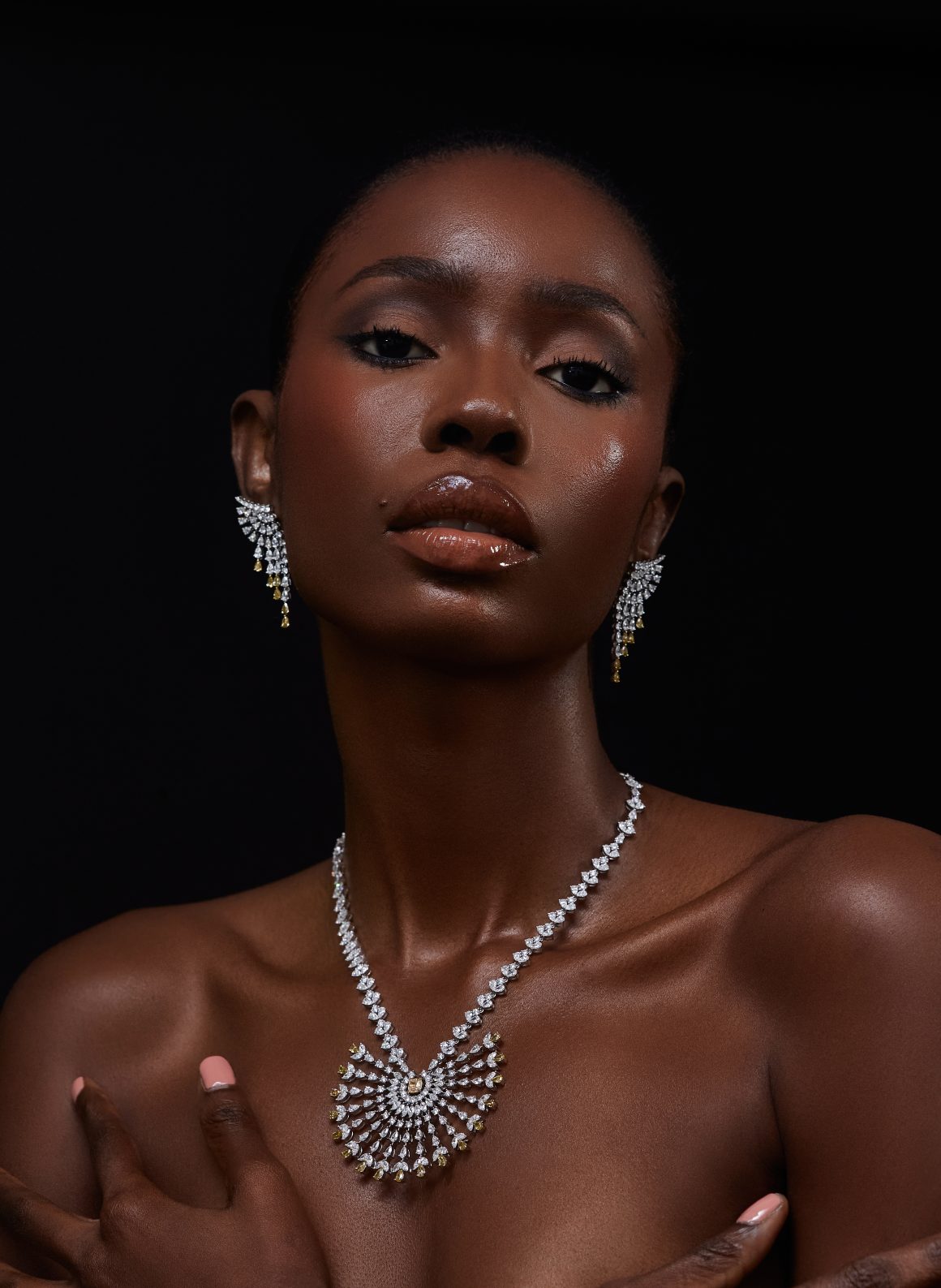
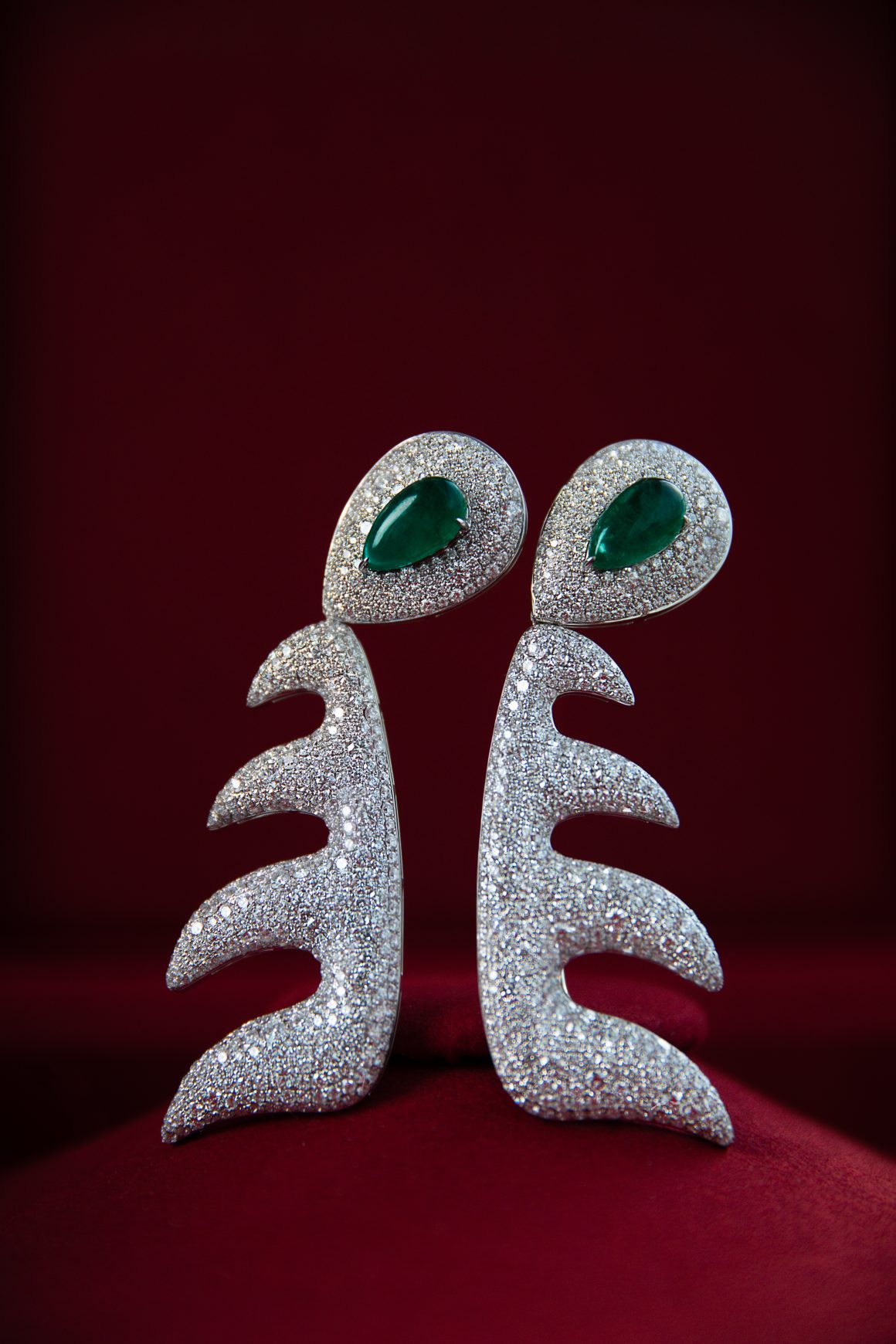
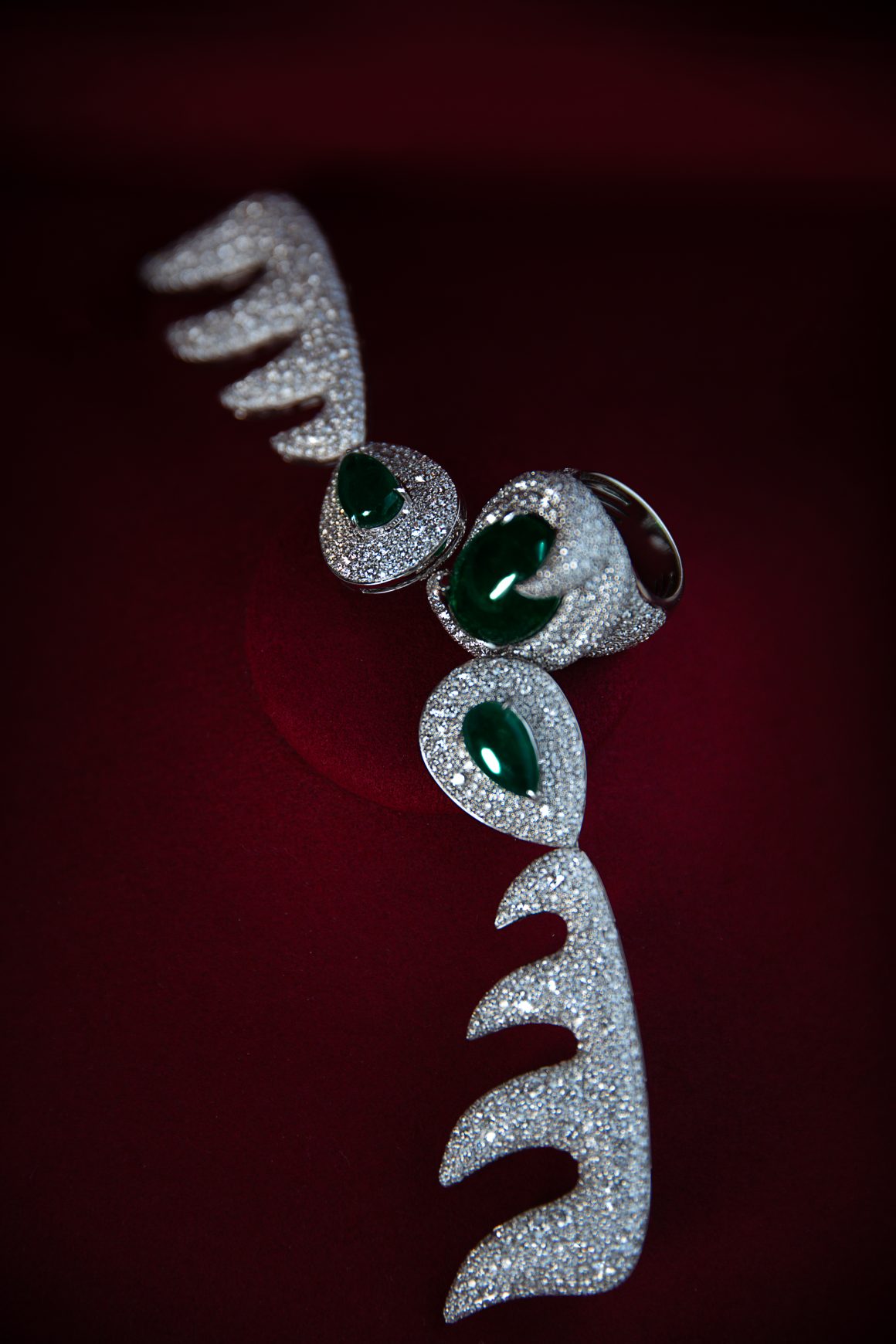
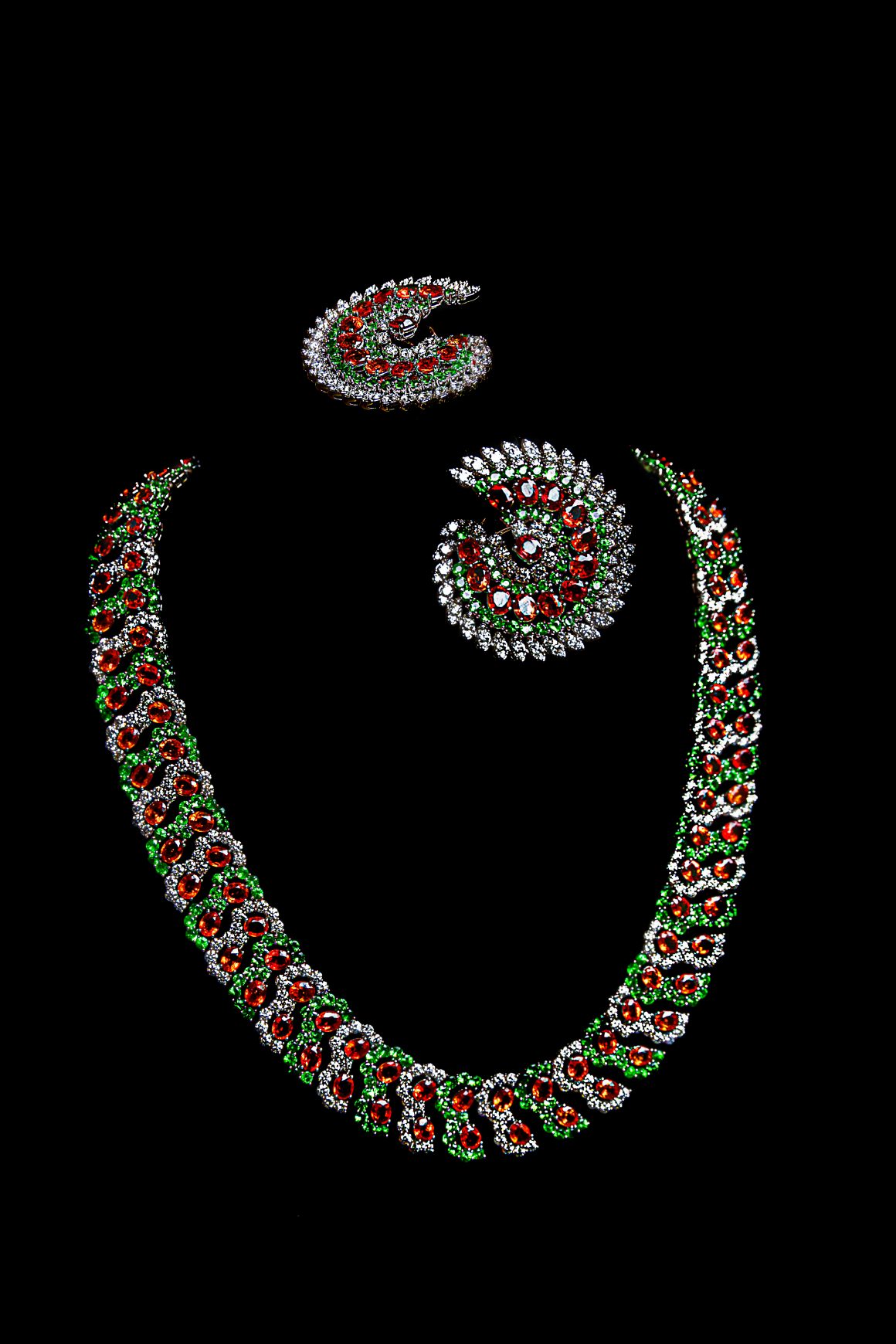
FL (Flawless) / IF (Internally Flawless) – No visible inclusions even under 10x magnification. Super rare and pricey.
VVS1-VVS2 (Very Very Slightly Included) – Minute inclusions that are extremely difficult to see.
VS1-VS2 (Very Slightly Included) – Inclusions are small and often invisible to the naked eye.
SI1-SI2 (Slightly Included) – Inclusions are more noticeable under magnification and may sometimes be seen with the naked eye.
I1-I3 (Included) – Visible inclusions that can affect brilliance and durability.
Here’s the trick: Most VS and SI diamonds look flawless to the naked eye (also known as “eye clean”) but cost significantly less than a Flawless or VVS diamond. So, unless you plan on inspecting your diamond under a microscope every day, going for a VS or high-SI diamond can be a great way to save money without sacrificing beauty.
Pic – GIA clarity scale
4. Carat: The Weight of Elegance
Carat is probably the most well-known of the 4Cs—it simply refers to the diamond’s weight. While a higher carat diamond is generally more expensive, bigger isn’t always better. A well-cut diamond with excellent sparkle can look larger than a poorly cut diamond of the same weight.
It’s also worth noting that carat weight is not the same as size. Two diamonds of the same carat weight can have different dimensions based on how they’re cut. For example, a deep-cut 1-carat diamond may appear smaller than a well-proportioned 0.90-carat diamond.
If you’re looking for size without the premium price tag, consider buying slightly under major carat weights. A 0.90-carat diamond will look almost the same as a 1.00-carat diamond but will cost significantly less. The same goes for 1.90 vs. 2.00 carats.
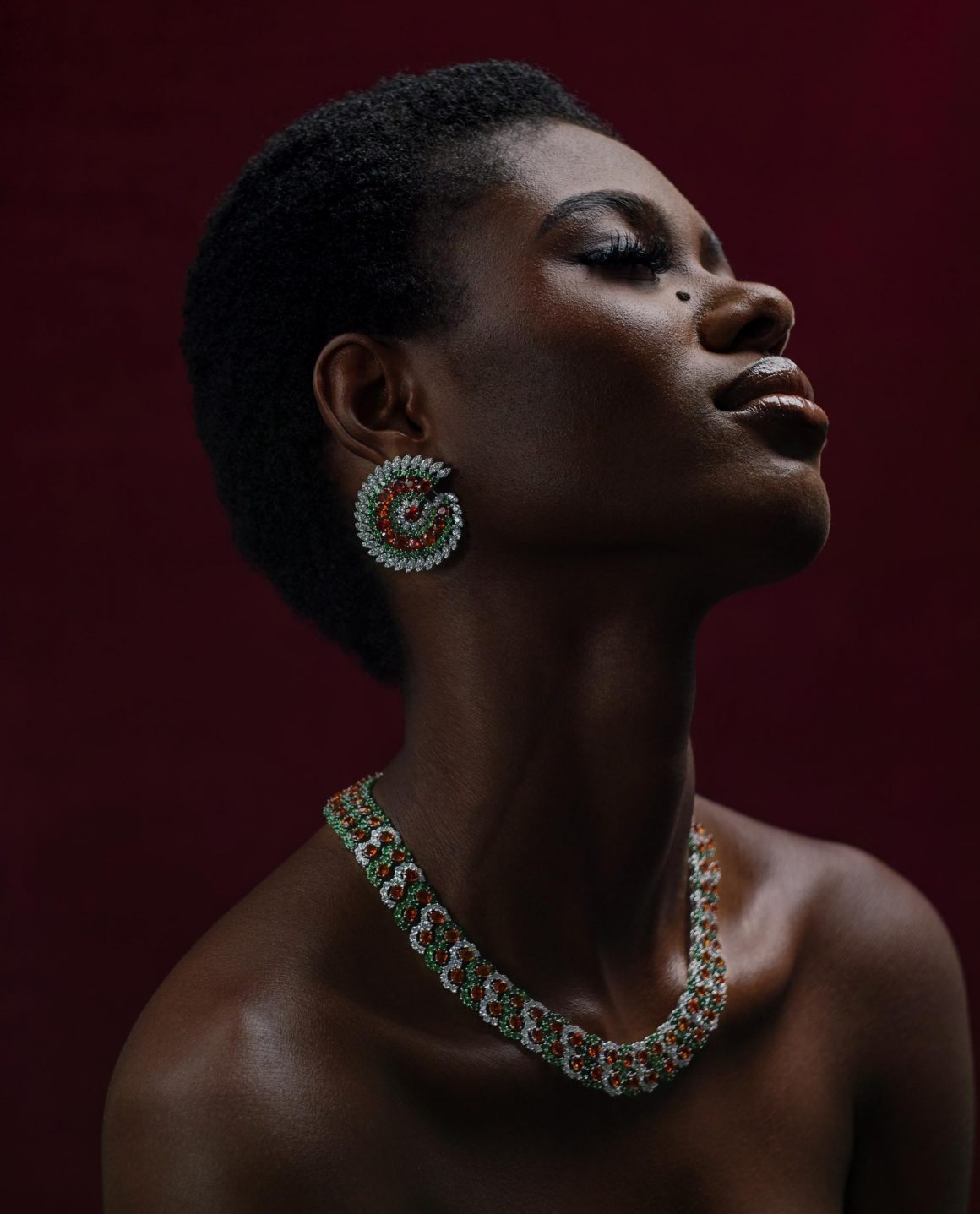
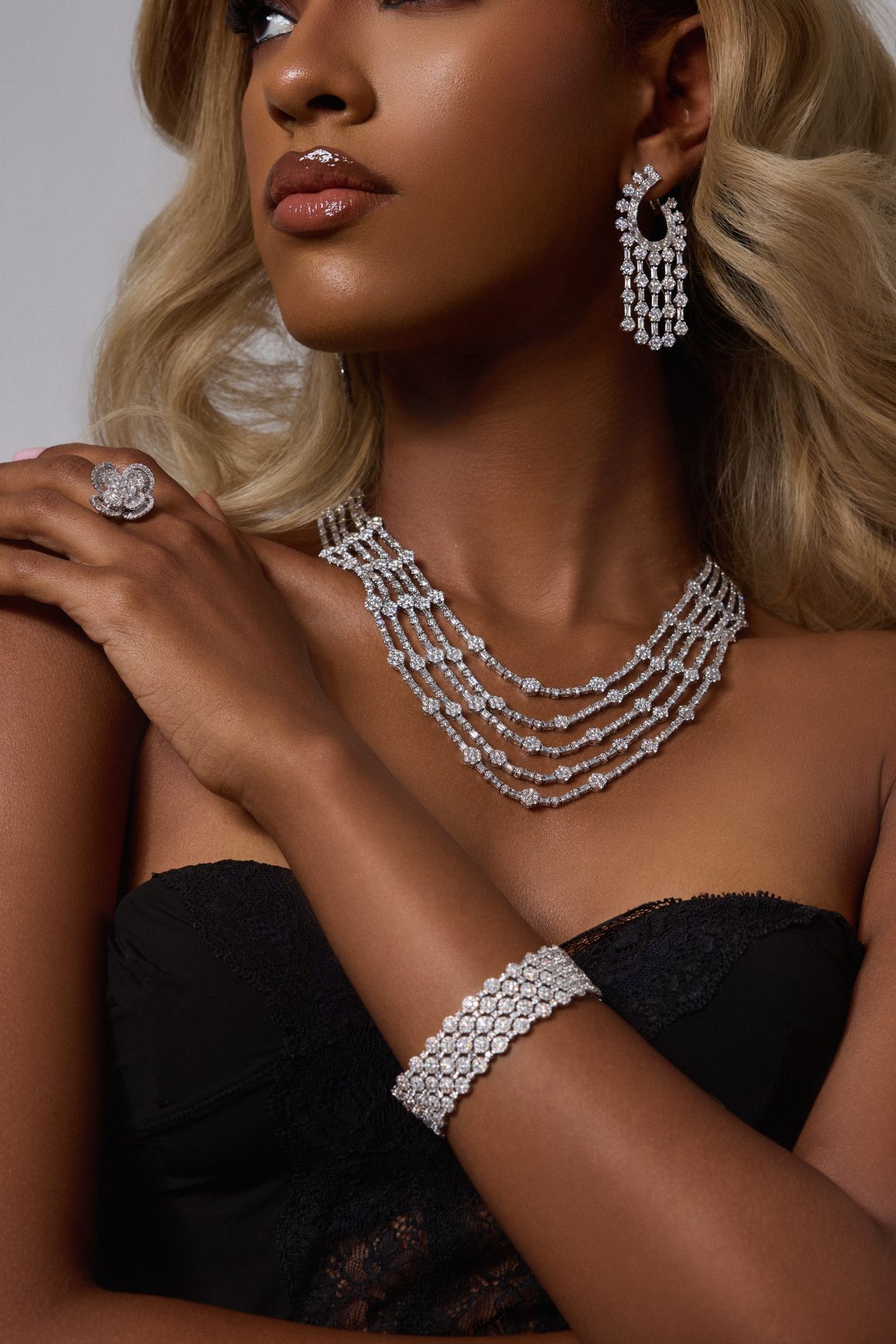
Putting It All Together: The Smart Way to Choose
So, how do you balance the 4Cs to get the best diamond for your budget? Here are some insider tips :
*Prioritise cut above all else—this will have the biggest impact on sparkle.
*Go slightly lower in colour (G-J) if you want more bang for your buck.
*Choose eye-clean clarity (VS1-SI1) to avoid paying for “invisible” perfection.
*Consider just under a full carat to save money without sacrificing size.
Lastly, always view diamonds in person or request videos from a reputable jeweller before purchasing. Lighting and settings can dramatically change how a diamond looks, so make sure you love it before committing.
